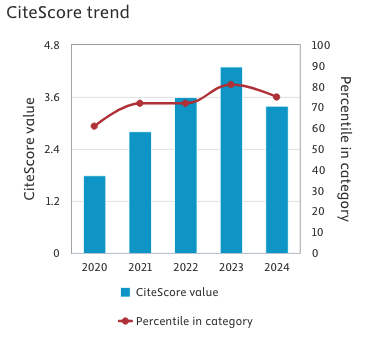High sensitivity versus low level of vancomycin needs to be concern for another alternative anti- Staphylococcus aureus as the first- line antibiotic
Keywords:
Vancomycin, Trough level, MRSA, Toxicological intensive care unitAbstract
Background and aim: Vancomycin has been the first-line therapy for MRSA infection disease for many years. According to standard guidelines, the therapeutic vancomycin trough concentration should be above 10 mg/L and optimally between 15-20 mg/L. The aim of this study was to evaluate vancomycin trough level concentration in patients infected with MRSA. Methods: This cross- sectional study included a sample of 170 patients admitted to the ICU of Loghman hospital. We used a standard questionnaire, then applied appropriate statistical tests. All collected data had been analyzed and interpreted by IBM SPSS Statistics 19.0. Results: Among this study population, 71.8% was male. Just 20.8% of the patients can reach the therapeutic level trough even after changing the dose. It should be noted that a significant percentage of toxicity was observed after increasing the dose. Conclusions: Even though high sensitivity against vancomycin disc has been seen in antibiogram tests, sufficient efficiency has not been distinguished, in the sense that, just a few patients by low trough level concentration, reached to therapeutic level after the dose change. Based on some sources, because of the side effects and limited safe range of vancomycin, we should consider a new approach to the alternative antibiotics. (www.actabiomedica.it)
Downloads
Published
Issue
Section
License
This is an Open Access article distributed under the terms of the Creative Commons Attribution License (https://creativecommons.org/licenses/by-nc/4.0) which permits unrestricted use, distribution, and reproduction in any medium, provided the original work is properly cited.
Transfer of Copyright and Permission to Reproduce Parts of Published Papers.
Authors retain the copyright for their published work. No formal permission will be required to reproduce parts (tables or illustrations) of published papers, provided the source is quoted appropriately and reproduction has no commercial intent. Reproductions with commercial intent will require written permission and payment of royalties.







